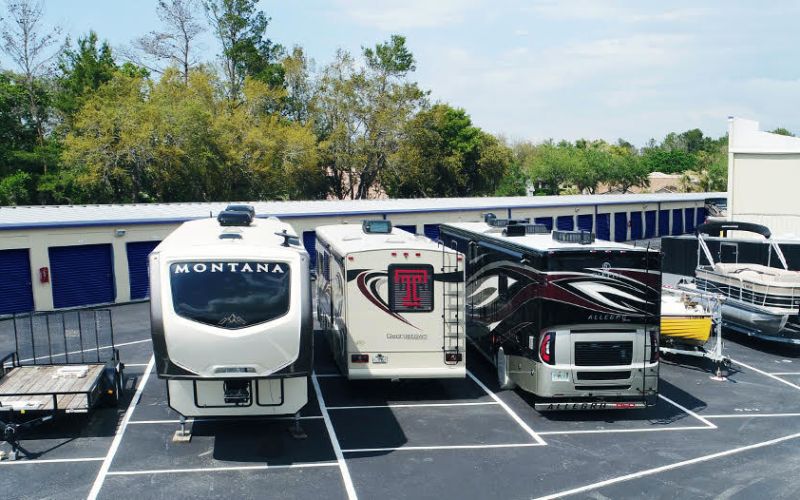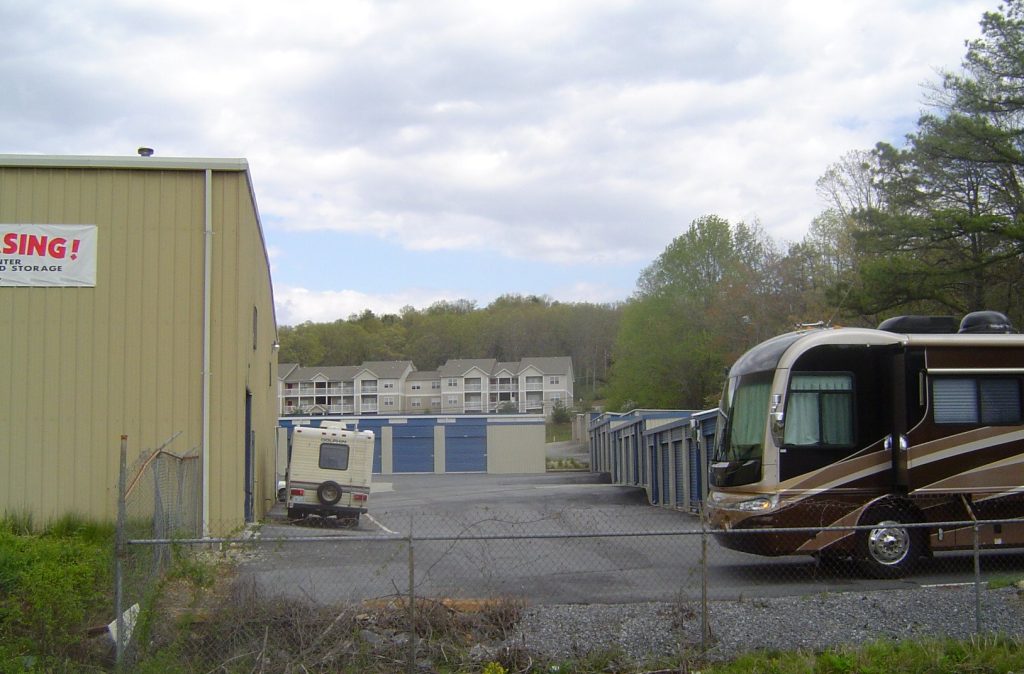Enjoying the open road and the comfort of home in your recreational vehicle (RV) is a blissful experience. But what happens when the road trip is over and it’s time to pack away your ‘home away from home’? Where should your RV be safely tucked away when not in use? These are grey areas for many RV owners. Even full time RV lifers can find themselves needing to store their rigs. After all, these aren’t compact vehicles that can be easily parked just anywhere. This article aims to guide you on various storage options and tips to ensure that your RV remains in great condition during its dormancy. So let’s hit the road towards effective RV storage solutions.
Home Storage Ideas
An ideal starting point when considering where to store your RV when it’s not in use, is your very own home. If you have an adequate-sized garage, it can serve as a safe haven for your RV. However, many RV owners aren’t that fortunate due to limited space.
Don’t despair, examine your driveway or yard for potential storage. The advantages of storing your RV at home include easy access for regular maintenance, cost effectiveness and added security.
However, be aware of potential authority regulations, as some localities do not permit long-term RV parking. To make the most of home storage, consider investing in a quality RV cover to protect your traveling companion from harsh weather conditions.
Professional Storage Facilities

If home storage isn’t an applicable option, don’t worry. Professional storage facilities exist specifically for accommodating RVs. Two popular choices include open lots and covered storage.
Open lots are the most economical, providing basic security measures like fenced perimeters and security cameras. However, your RV is left exposed to the elements.
Covered storage, on the other hand, offers a roof over your RV along with security arrangements. While not entirely enclosed, this option adequately shields your RV from sun and rain, protecting it from gradual wear and tear.
For a more premium option, indoor storage units offer the best protection, fully securing your RV from weather conditions and potential vandalism, but at a higher cost.
Selecting a professional storage facility ultimately depends on your budget, the duration of storage needed, and the level of protection you want to offer your RV.
Unconventional Storage Options
Your home and professional storage facilities aren’t your only options. Here are a few unconventional, yet effective, possibilities for RV storage when it’s not in use:

Shared Space
You may find a friend, family member, or neighbor with unused space in their garage, large backyard, or driveway where your RV could comfortably reside.
Farm or Industrial Space
Some farmers or business owners are open to hosting RVs on their property for a small fee.
Seasonal Storage
During off-seasons, some campsites and RV parks offer storage services at a reduced cost.
Remember to always evaluate safety, accessibility, and protection against elements when considering these unusual storage options.
Necessary Preparations for Storage
Before tucking away your RV for an extended period, it’s crucial to prepare it adequately. Proper RV storage preparation largely contributes to its durability and performance.
Start by thoroughly cleaning your RV both inside and outside. Don’t leave any food or perishables behind as they may attract pests. Empty and clean the fridge, and leave the door slightly open to avoid musty smells.
After cleaning, perform a careful inspection. Check for signs of wear and tear, leaks, or any damage that may worsen with time.
Next, protect your RV against harsh weather conditions by using RV covers, tire covers, and investing in a proper sealing solution for the roof, windows, and seams.
Affiliate Link – Small commission may be earned
Travel Trailer RV Cover, Extra-Thick
- Abundant Accessories
- Tear-Resistant Material
- Upgrade Windproof and Waterproof
- Ventilation and Accessibility
- Easy installation
RVMATE RV Tire Covers
- Easy to Use
- Fit a wide variety of dual-axle wheels 27″-30″ in diameter, like RV, trailer, truck.
- Not easy to fall off.
- Double axle tire cover.
Lastly, consider removing the battery, especially in freezing conditions and add fuel stabilizer to prevent the fuel from degrading during storage.
Remember, the better the condition you leave your RV in before storing, the better the condition you’ll find it in when you’re ready to use it again.
Conclusion
We’ve traveled through a variety of RV storage options, from the comfort of your own home to professional storage facilities, and even some unconventional solutions. We’ve also covered the importance and outlines of essential preparation steps before stowing away your prized recreational vehicle. Determining the best place to store your RV when not in use depends largely on your personal circumstances, including available space, budget, and your individual protection needs. The well-being of your RV during its dormant period ultimately boils down to a well-thought-out storage plan and preparation procedure. By doing so, you can ensure your RV remains in tiptop condition for many more journeys to come.








Leave a Reply